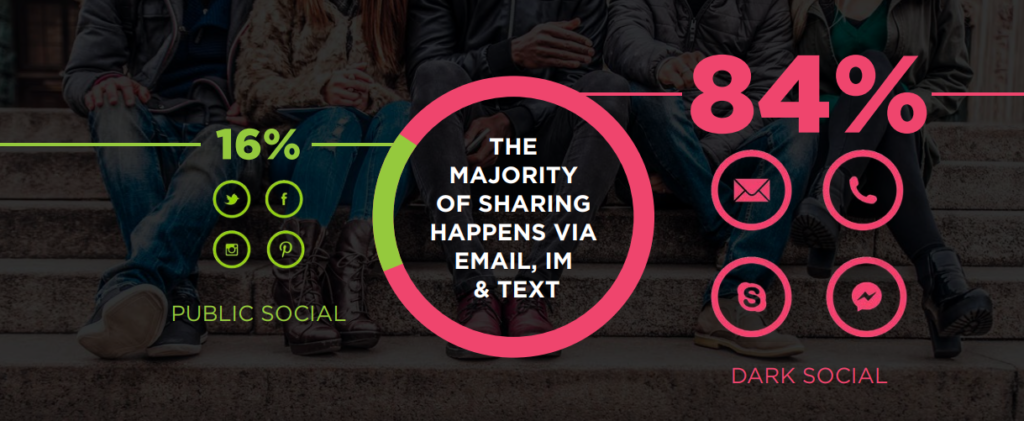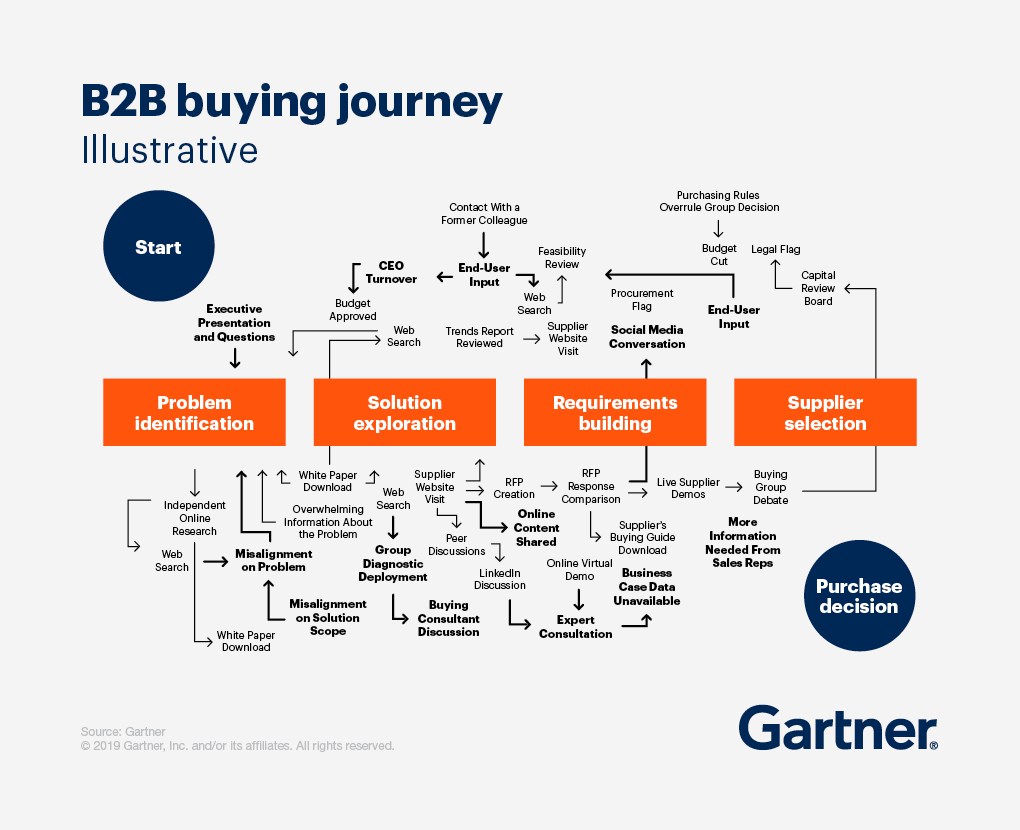LinkedIn marketing communities have been abuzz lately with renewed debate on an old topic, Dark Social.
Despite the sinister-sounding name, dark social is far from heinous.
Put simply, dark social is when people share links to your online content without any digital footprints or tracking codes, usually on private channels.
If you have ever had to look at a Google Analytics report, they call it “Direct” traffic. That is Google-speak for “we have no idea how those users got to your site”. It is as if they typed your URL “direct” in their browser.
And this is where dark social can be a problem for marketing, particularly those pedantic about attribution. As a channel, it can play a major role in a conversion or sale, but by its very nature, that role is shrouded in darkness.
What Is Dark Social and Why Is It Important?
When you WhatsApp your bestie asking them what’s the best taco joint in Singapore and they reply https://www.papis-tacos.com/, that’s dark social.
When your work colleague forwards you a link via Slack to an interesting blog article, that’s dark social.
These closed community channels look radically different now than they did 10 or even five years ago. Recent studies show that 84% of sharing is now happening over private channels instead of public ones like Facebook timelines or Twitter feeds. People have access to more platforms and tools to create, share, and exchange content – and that is what they are doing.

Source: RadiumOne
But how big a source of traffic is dark social?
Unlike some useful quantitative data we like to quote, such as average email open rates per industry, we have not seen benchmark data for how much direct traffic is too much. Still, we have heard that a minimum of 25% might not be unusual.
That’s a quarter of your website traffic!
Here at salweengroup.com, around a third of our traffic is direct. Or so says Google Analytics, so it must be true.
Top Channels
Source: Google Analytics
Dark Social and B2B Buyer Journey
Life as a marketer would be simple if the customer journey was always linear: someone is in the market looking for a product, they go online to search for options, your website comes up, then they click through to your site and buy your stuff.
But the B2B buyer journey is rarely that straightforward and is driven by multiple stakeholders, numerous touchpoints, and a lot of pre-purchase research.
Gartner has found that how B2B customers progress from one stage of their buying journey to the next is often unpredictable, inconsistent, and repetitive. Most of the buyer’s time is spent in the middle of the funnel, researching, consulting online communities, reading blog articles, and getting consensus from their colleagues and peers.

Source: Gartner
In our article on B2B Growth Marketing, we shared that two-thirds of the B2B buyer journey is spent on self-directed research and education even before reaching out to a brand. As a brand, you need to create content to educate, inform and ideally influence the buyer along every step of their journey if you want to be considered.
The Myth of Attribution
A tenet of modern digital marketing is that everything can be measured. But that plays to the fallacy of “what gets measured gets managed“.
Attribution is not an exact science, and there is a limit to how accurately you can calculate channel-level ROI.
We’ve seen clients obsess over lead attribution to prove marketing channel ROI, often wasting time and resources in search of data that is misleading or simply does not exist.
The idea that marketing spend should be biased towards channels that have the highest conversion rates has (thankfully!) been on the decline since Google dropped Last Click Attribution as the default measure.
We’ve seen clients obsess over lead attribution to prove marketing channel ROI, often wasting time and resources in search of data that is misleading or simply does not exist.
But even the more comprehensive concepts of Multi-Touch Attribution and Multi-Channel Funnels can be misleading in the context of dark social.
Dark social is dark social because you cannot track these channels with attribution software, be it Google Analytics or some excellent paid attribution tools like LeadsRX, Attribution, and Ruler Analytics.
Unlike Google Analytics, a free tool that analyses website visitor data anonymously, most paid attribution tools analyse contact data on a per-contact basis using cookies and integrating with your CRM, closing the loop between marketing data and sales data.
But such tools are out of financial or operational reach for most small businesses.
Shine a Light in the Dark
Instead of cursing the darkness, you can try a few things to get more information about how your content is being shared and how that content leads to revenue.
Here’s one hack to see how much dark social sharing your blog content is getting. Head to Google Analytics (UA), Behaviour>Site Content>All Pages and use a filter for Source=(direct) on your blog pages. The results might surprise you.
In GA4, go to Reports>Engagement>Pages and screens.
View the Dimension where First source user includes (direct) by choosing Add comparison and building it. Then view your blog pages only (e.g. Search /blog).
You can also make it easier for users to share your content on private channels like WhatsApp by adding a WhatsApp share button along with the other social sharing buttons on your blog or article pages. Track those button clicks using UTM parameters or some code.
Another way businesses can start getting a sense of what’s working is by talking to their leads and customers: How did you hear about us? You can put those questions on a Contact Us form or even better, make them a part of the sales conversation. Primary data like this is invaluable.
Awareness of dark social as an important revenue driver is the first step. To get your content shared and then attributing that to a sale demands much more work.
What can you do? Focus on providing valuable content for the buyer in that critical first two-thirds of their journey. B2B marketing is content marketing.


